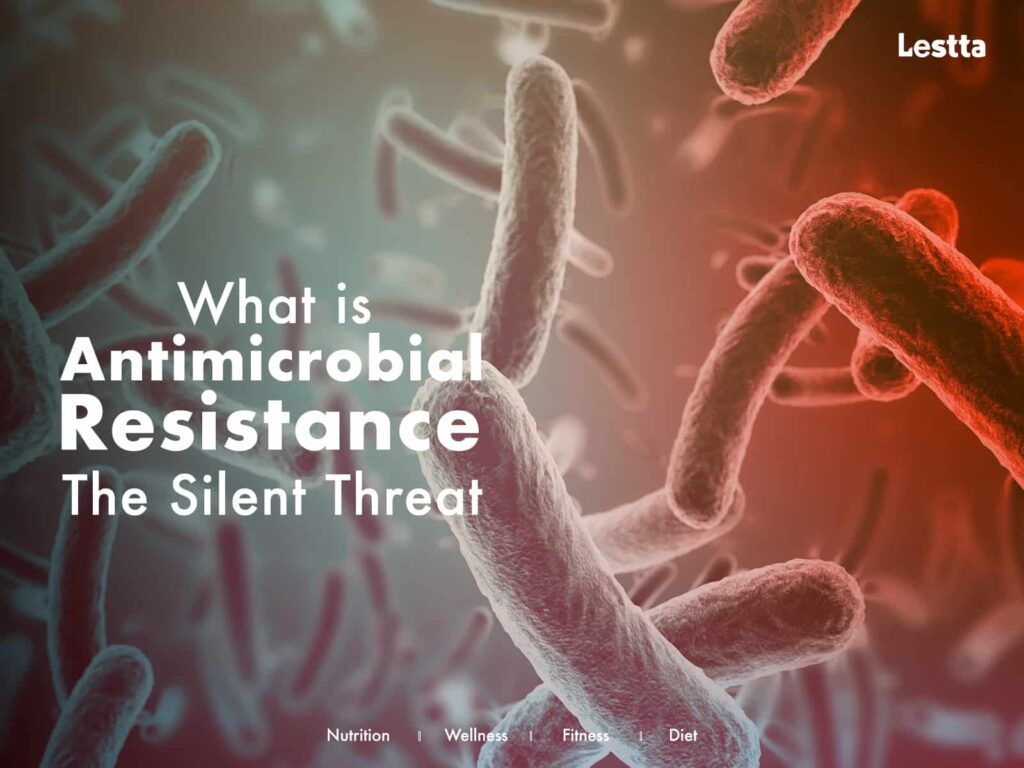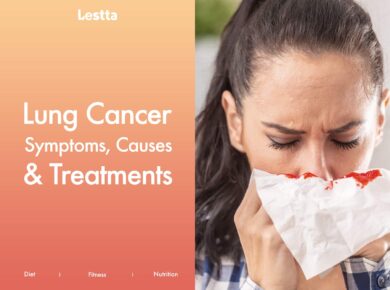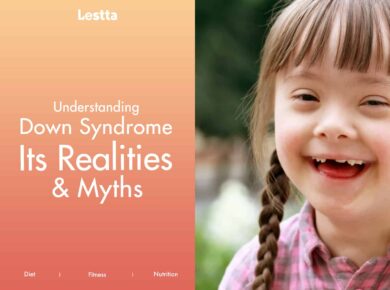
Antimicrobial resistance (AMR) has emerged as a silent threat to global health, with the potential to reverse decades of medical progress. This phenomenon occurs when microorganisms, such as bacteria, viruses, parasites, and fungi, develop the ability to withstand the effects of antimicrobial drugs, rendering them ineffective in treating infections.
Understanding Antimicrobial Resistance
Antimicrobial resistance occurs when microorganisms evolve and adapt to the drugs designed to kill them or inhibit their growth. The misuse and overuse of antimicrobial drugs, such as antibiotics, antivirals, and antifungals, accelerate this process.
These substances, which were once highly effective in treating infections, gradually lose their potency, leaving medical practitioners with limited options to combat diseases. This cycle of resistance not only threatens individual patient outcomes but also undermines public health efforts globally.
Causes of Antimicrobial Resistance
The causes of antimicrobial resistance are multifaceted, with factors spanning the realms of healthcare, agriculture, and societal behaviors. Overprescribing and improper use of antimicrobial drugs by healthcare professionals contribute to the development of resistant strains. Patients who fail to complete their prescribed courses of antibiotics also play a role in the emergence of resistance.
In addition, the agricultural sector utilizes antimicrobials as growth promoters and disease prevention measures in livestock, leading to the spread of resistant microorganisms through food chains. Furthermore, inadequate sanitation, poor infection prevention and control practices, and the ease of global travel facilitate the dissemination of resistant strains across borders.
Implications of Antimicrobial Resistance
The implications of antimicrobial resistance are far-reaching and pose significant challenges to healthcare systems worldwide. Without effective antimicrobial drugs, common infections such as pneumonia, urinary tract infections, and post-operative complications could become life-threatening.
The treatment of diseases like tuberculosis, HIV/AIDS, and malaria would also be severely hampered. Additionally, routine medical procedures such as organ transplantation, chemotherapy, and surgeries could become riskier and more complicated due to the increased vulnerability to infections. The economic burden of AMR is substantial, as it results in prolonged hospital stays, costly alternative treatments, and decreased productivity.
Addressing the Silent Threat
Tackling antimicrobial resistance requires a comprehensive and coordinated approach at the global, national, and individual levels. Awareness campaigns and educational initiatives must be implemented to educate healthcare professionals, patients, and the public about the proper use of antimicrobial drugs, emphasizing the importance of completing prescribed courses.
Strengthening infection prevention and control measures in healthcare settings, promoting good hygiene practices, and improving sanitation infrastructure are vital to curbing the spread of resistant microorganisms.
The development of new antimicrobial drugs and alternative therapies is imperative to combat AMR. Research and innovation in this field should be prioritized, along with efforts to incentivize pharmaceutical companies to invest in the production of novel antibiotics.
Furthermore, promoting responsible use of antimicrobials in agriculture and regulating their usage can help mitigate the spread of resistance through food production.
Conclusion
Antimicrobial resistance poses a significant threat to public health, silently undermining our ability to combat infectious diseases. The rise of resistance jeopardizes the progress made in medical advancements and demands immediate action.
By understanding the causes, implications, and consequences of antimicrobial resistance, we can work towards implementing strategies to preserve the efficacy of existing antimicrobial drugs, develop new treatments, and safeguard future generations from the devastating consequences of this silent threat.









